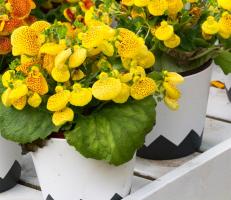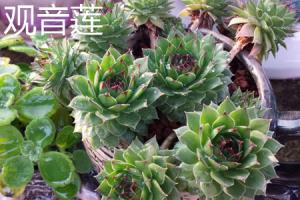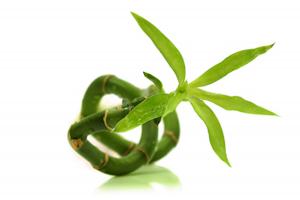How to Grow Persimmon Trees: A Complete Guide
Introduction
Persimmon trees are beautiful, fruit-bearing trees that are native to Asia but have since spread worldwide. They're valued not only for their delicious, sweet fruit but also their ornamental value. Whether you're an experienced gardener or a novice, you can successfully cultivate persimmon trees. In this guide, we'll show you everything you need to know about growing persimmon trees.
Choose the Right Variety
Persimmons come in two varieties: astringent and non-astringent. Astringent types are generally larger, rounder, and redder, whereas non-astringent types are smaller, squatter, and range in color from orange to deep red. Astringent types are high in tannins and will leave your mouth feeling dry and puckered if eaten before fully ripening. Non-astringent types, on the other hand, can be eaten even when firm and will have a sweet, crunchy texture. When choosing which variety to grow, consider your climate, as some types perform better in different regions.
Find the Right Location
Persimmon trees require a location with full sun exposure, preferably in a spot with southern exposure. They also need well-drained soil and plenty of space to grow, as they can reach up to 25 feet in height with a spread of 20 feet. Make sure to choose a location with a pH range of 6-7.5, and avoid areas with standing water or high winds.
Plant Your Trees Correctly
When planting your persimmon trees, make sure to space them at least 20 feet apart. Dig a hole that is twice the size of the container, and add plenty of organic matter to the soil mixture. Fill the hole with the soil mixture and water thoroughly. Apply a layer of mulch around the tree to help retain moisture and suppress weeds.
Water and Fertilize Properly
Persimmon trees require plenty of water, especially during the first few years of growth. Make sure to keep the soil consistently moist, but not too wet. If you live in a dry climate, you may need to water your trees more often. Fertilize your persimmon trees in late winter or early spring with a balanced fertilizer, such as a 10-10-10 mixture. Repeat the treatment every six weeks until the fruit begins to form.
Prune Your Trees
Pruning your persimmon trees will help control their size and shape, increase their fruit yields, and help prevent disease. Prune your trees in late winter or early spring before new growth begins. Remove any dead or damaged branches, and thin out any clustered branches that may be preventing proper air circulation.
Harvesting Your Persimmon Trees
Persimmons are ready for harvest when they're fully ripe and soft to the touch. If you're picking astringent varieties, make sure to wait until the fruit has fully ripened to avoid the dry, puckering sensation mentioned earlier. Once harvested, persimmons can be stored in a cool, dry place for several weeks.
Conclusion
Growing persimmon trees is a rewarding experience that requires a little bit of patience, but it's worth it in the end. By choosing the right variety, finding the right location, planting correctly, watering and fertilizing properly, pruning, and harvesting at the right time, you'll enjoy a bountiful harvest of delicious, sweet fruit for years to come.

 how many times do yo...
how many times do yo... how many planted tre...
how many planted tre... how many pine trees ...
how many pine trees ... how many pecan trees...
how many pecan trees... how many plants comp...
how many plants comp... how many plants can ...
how many plants can ... how many plants and ...
how many plants and ... how many pepper plan...
how many pepper plan...






























